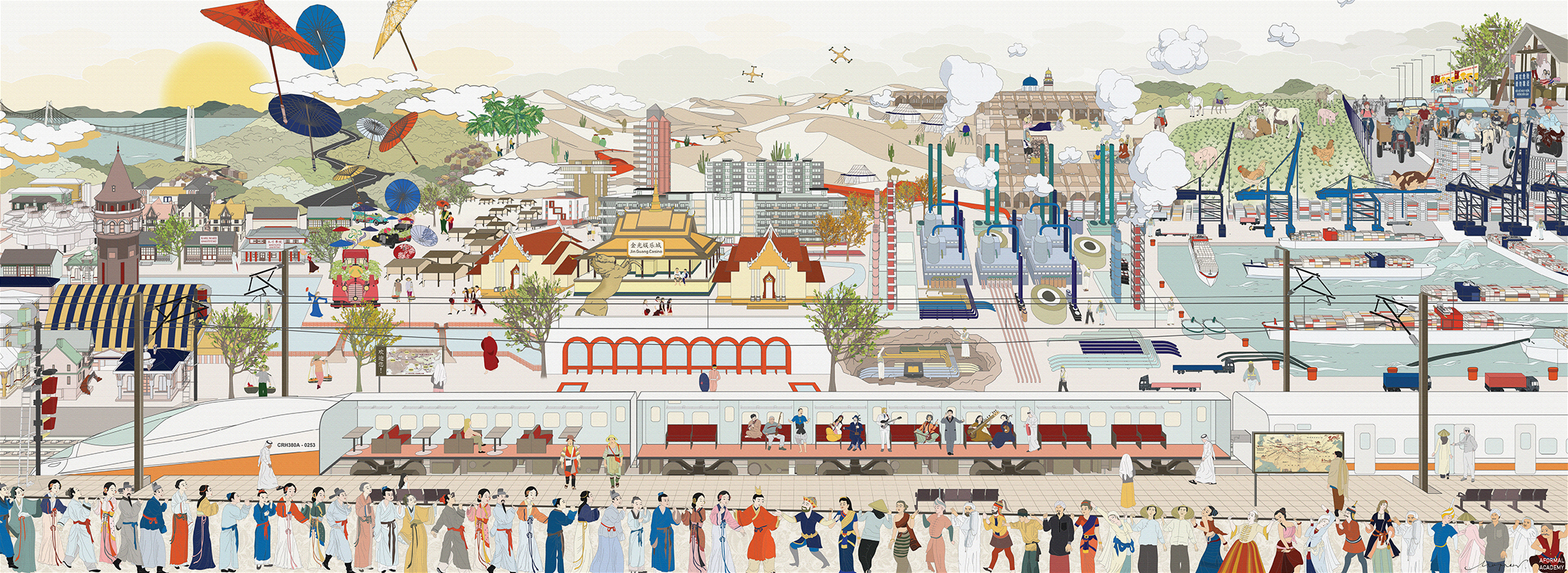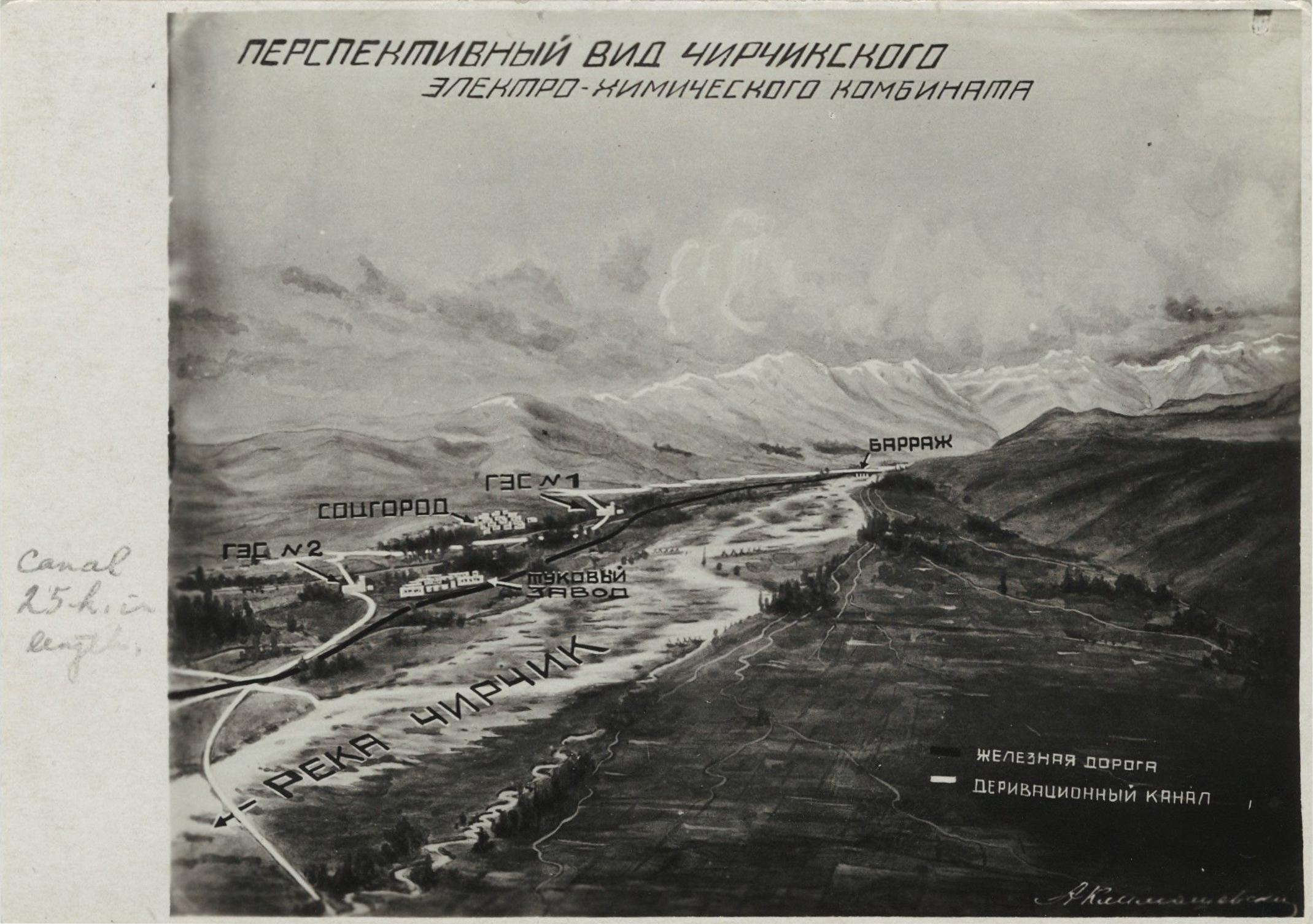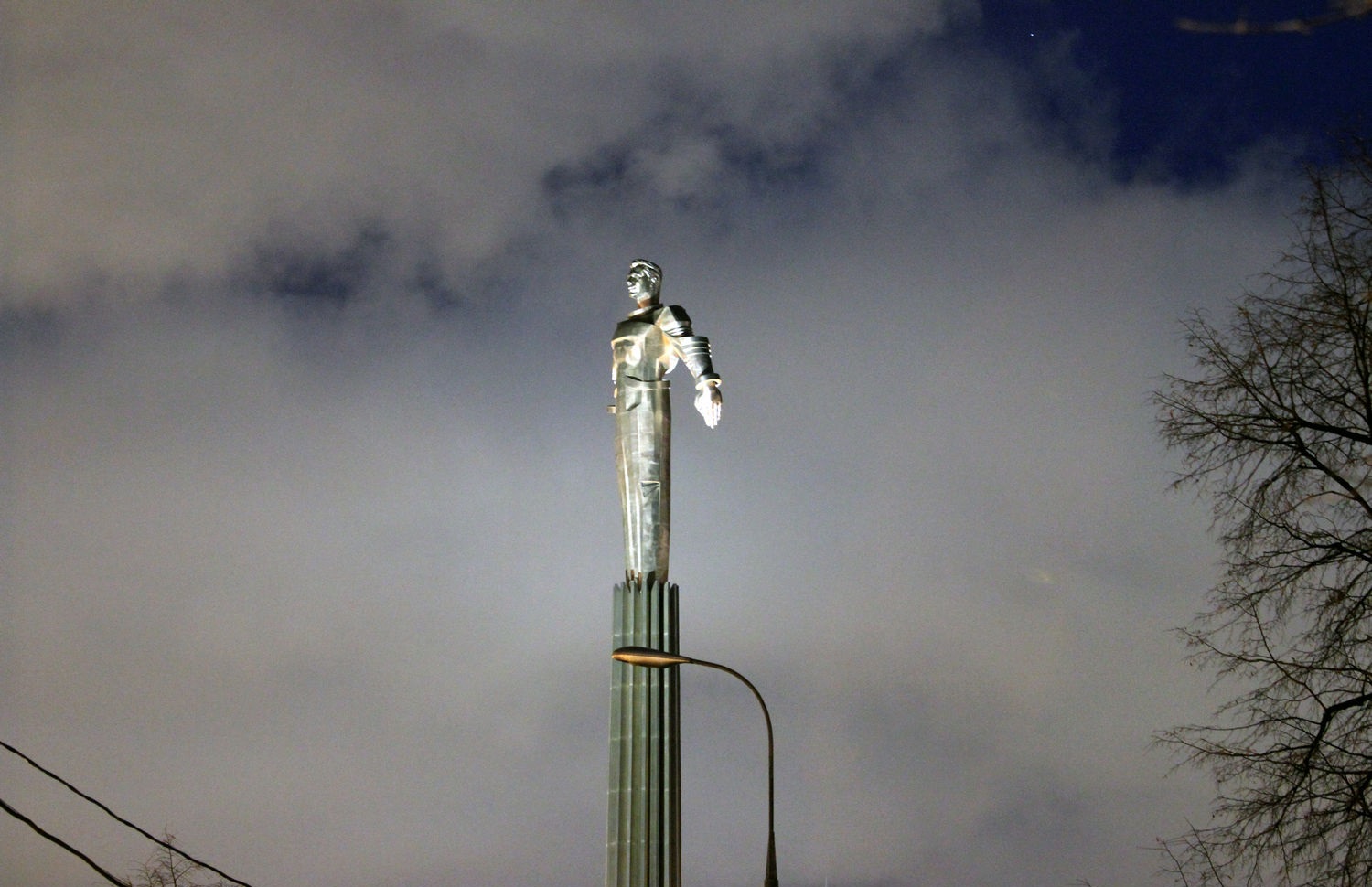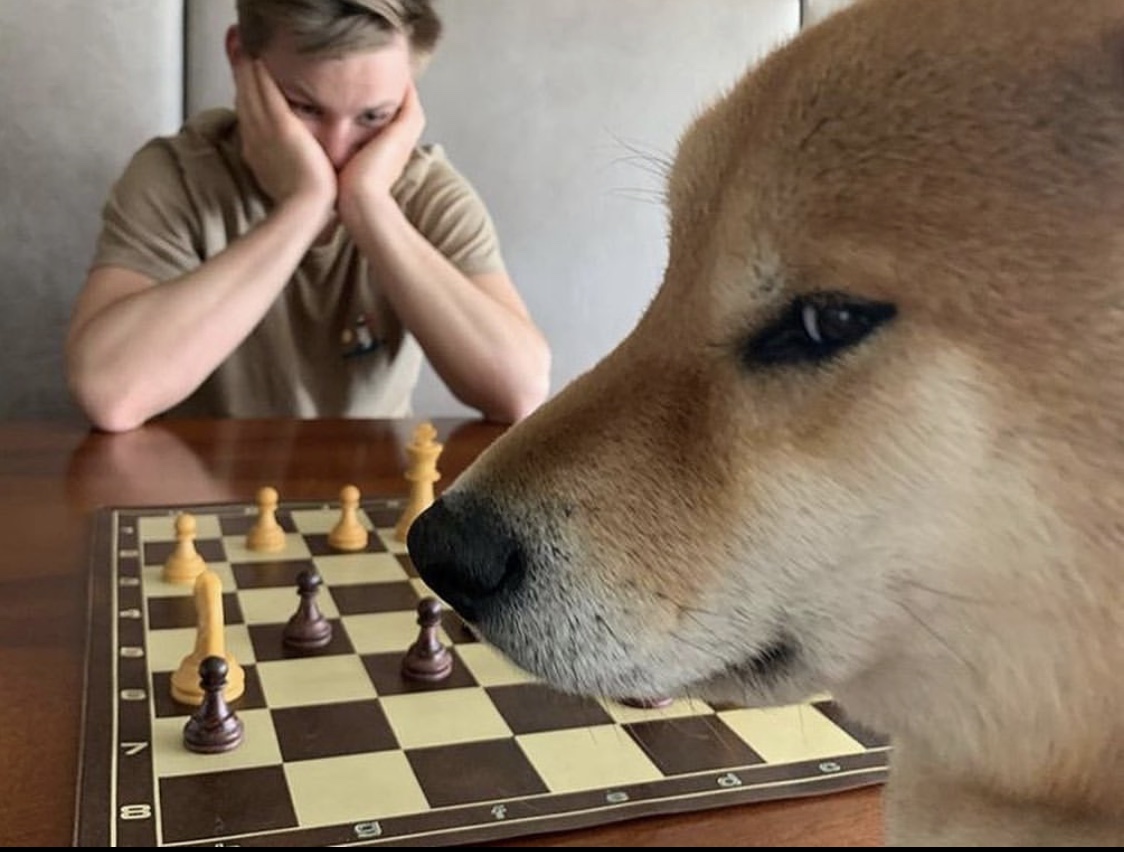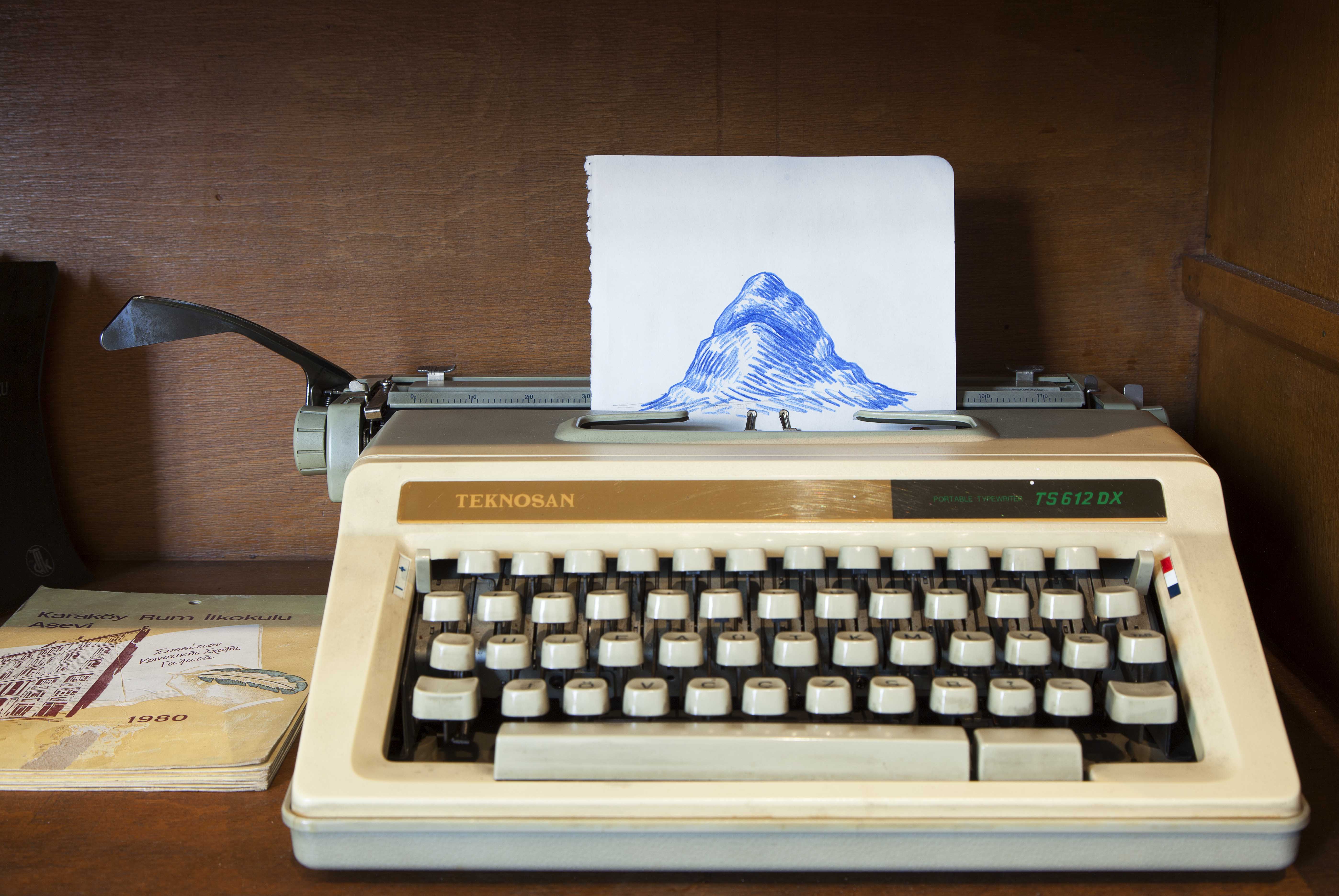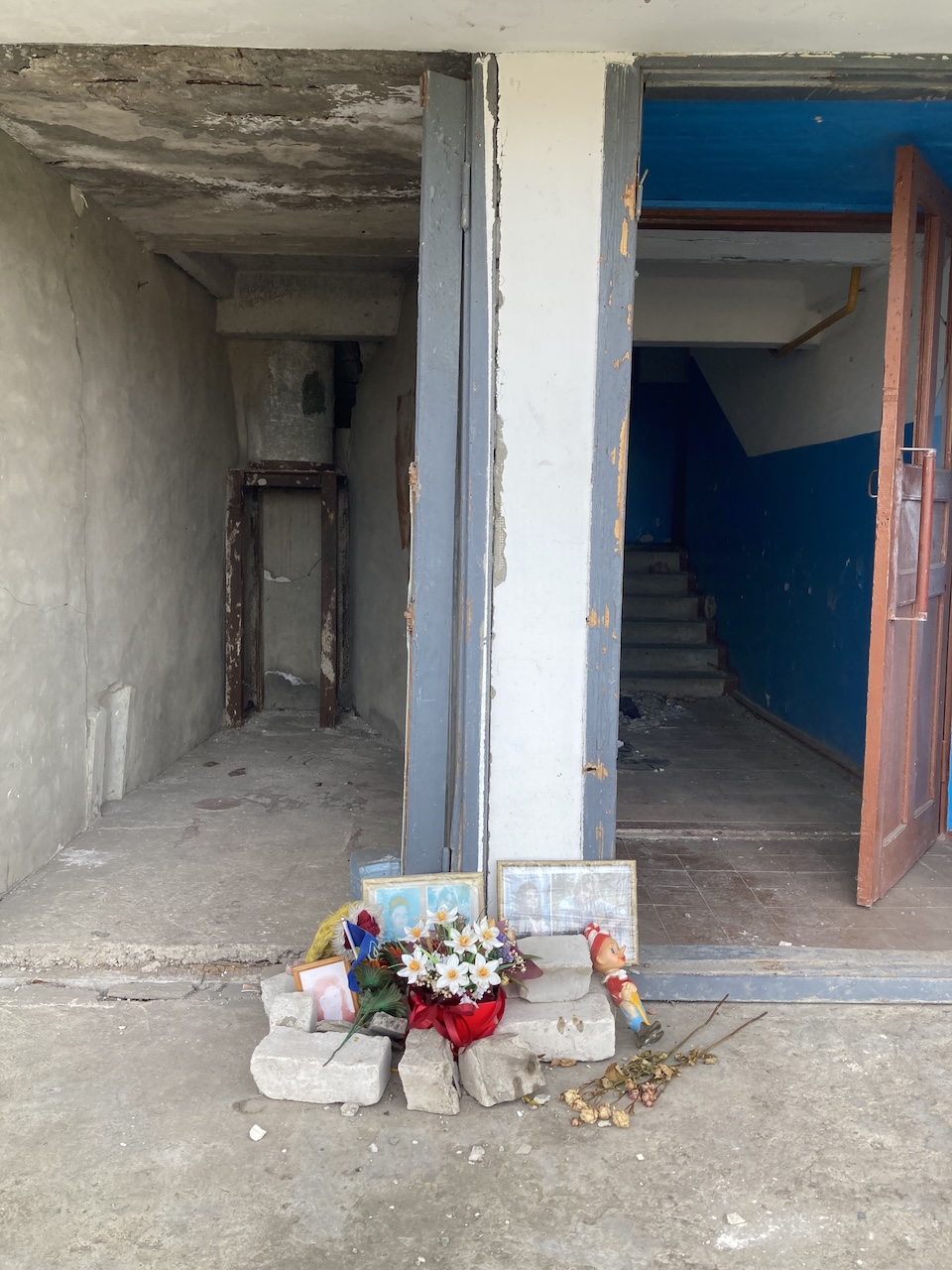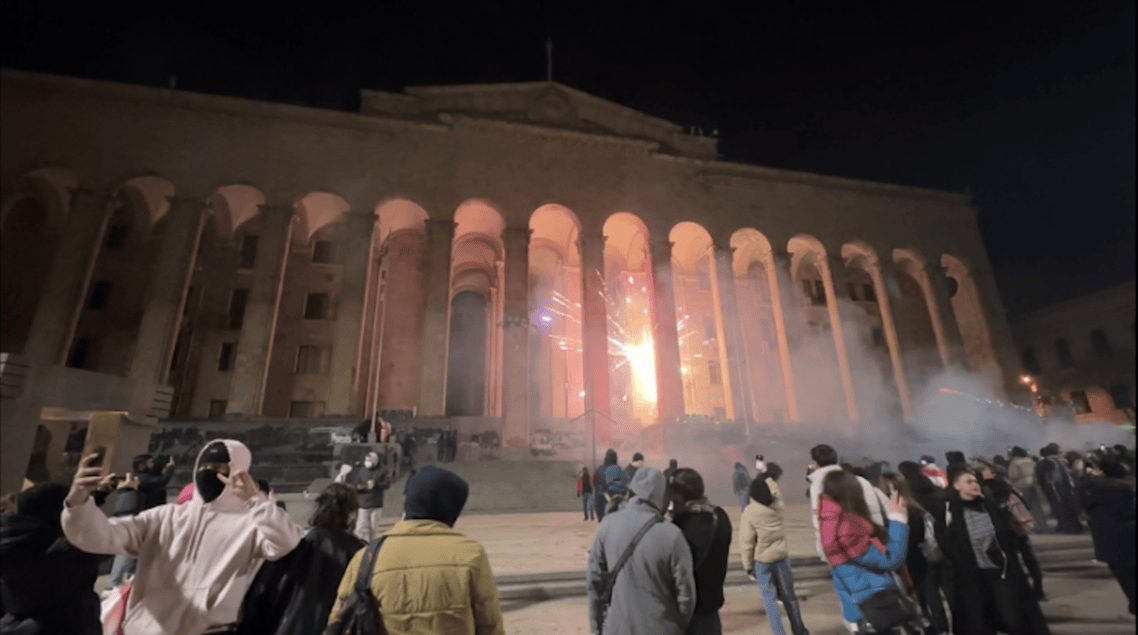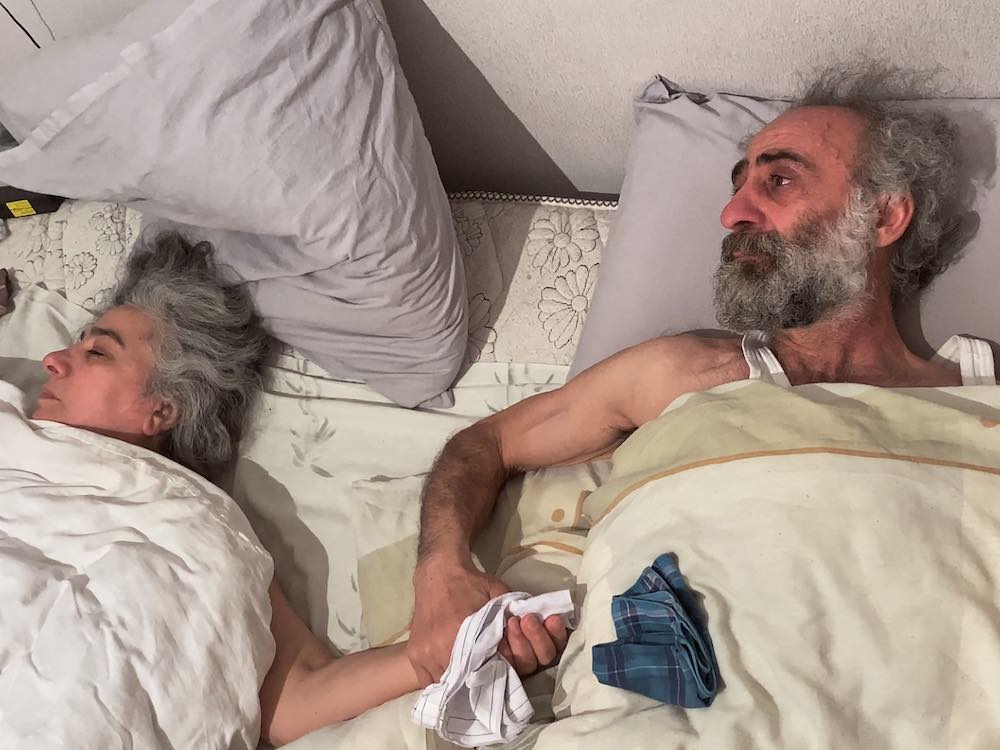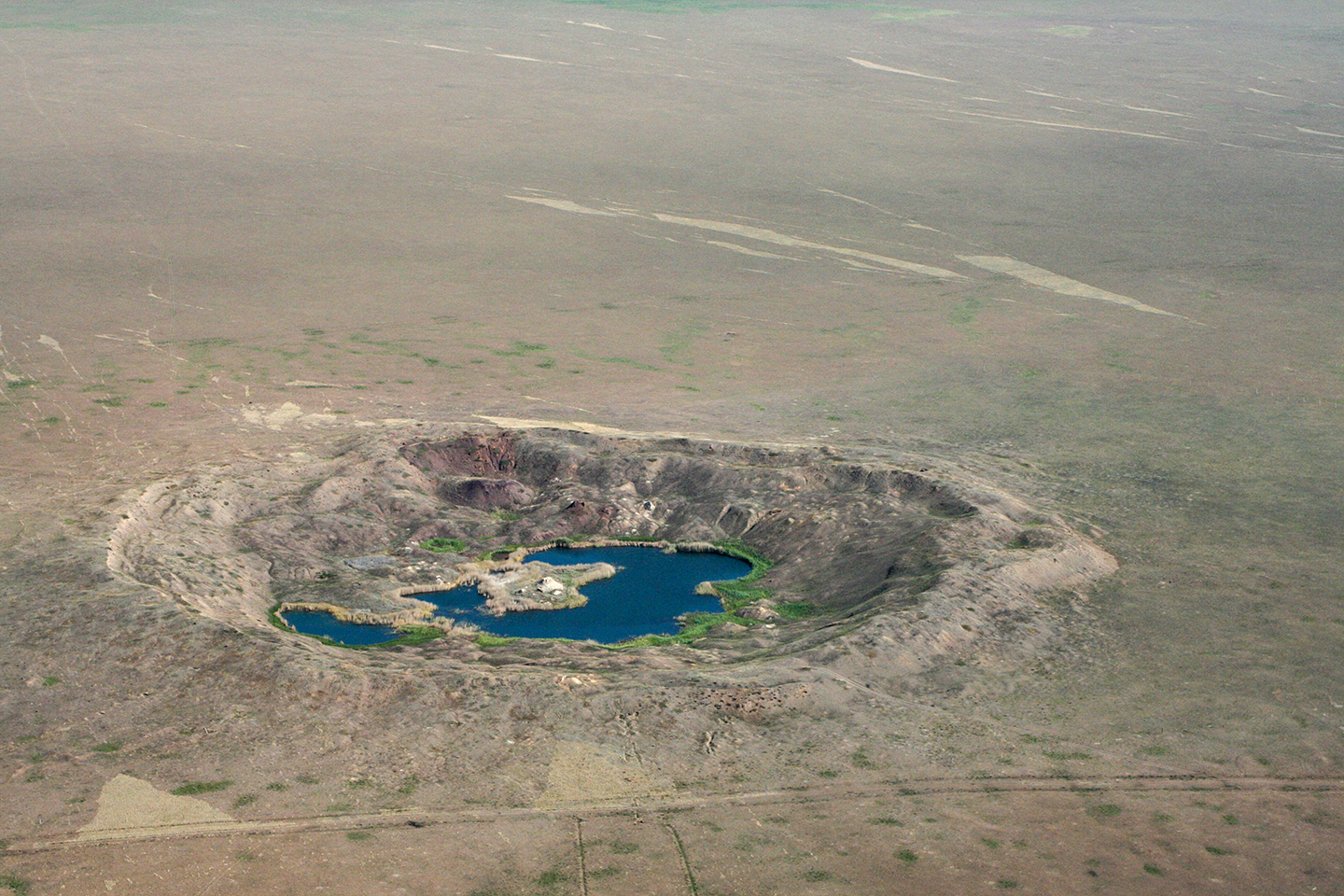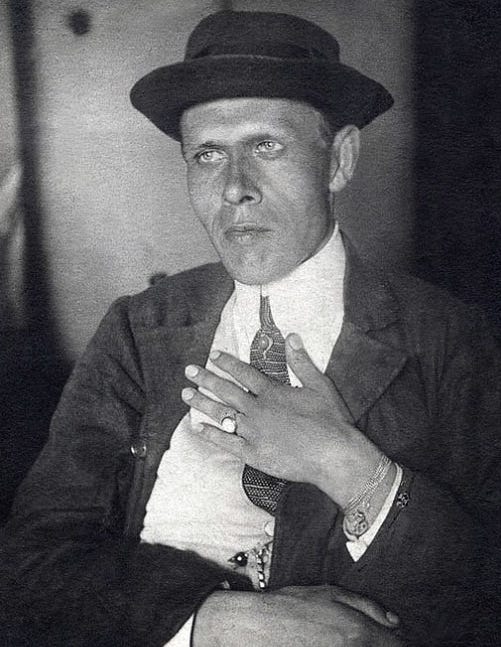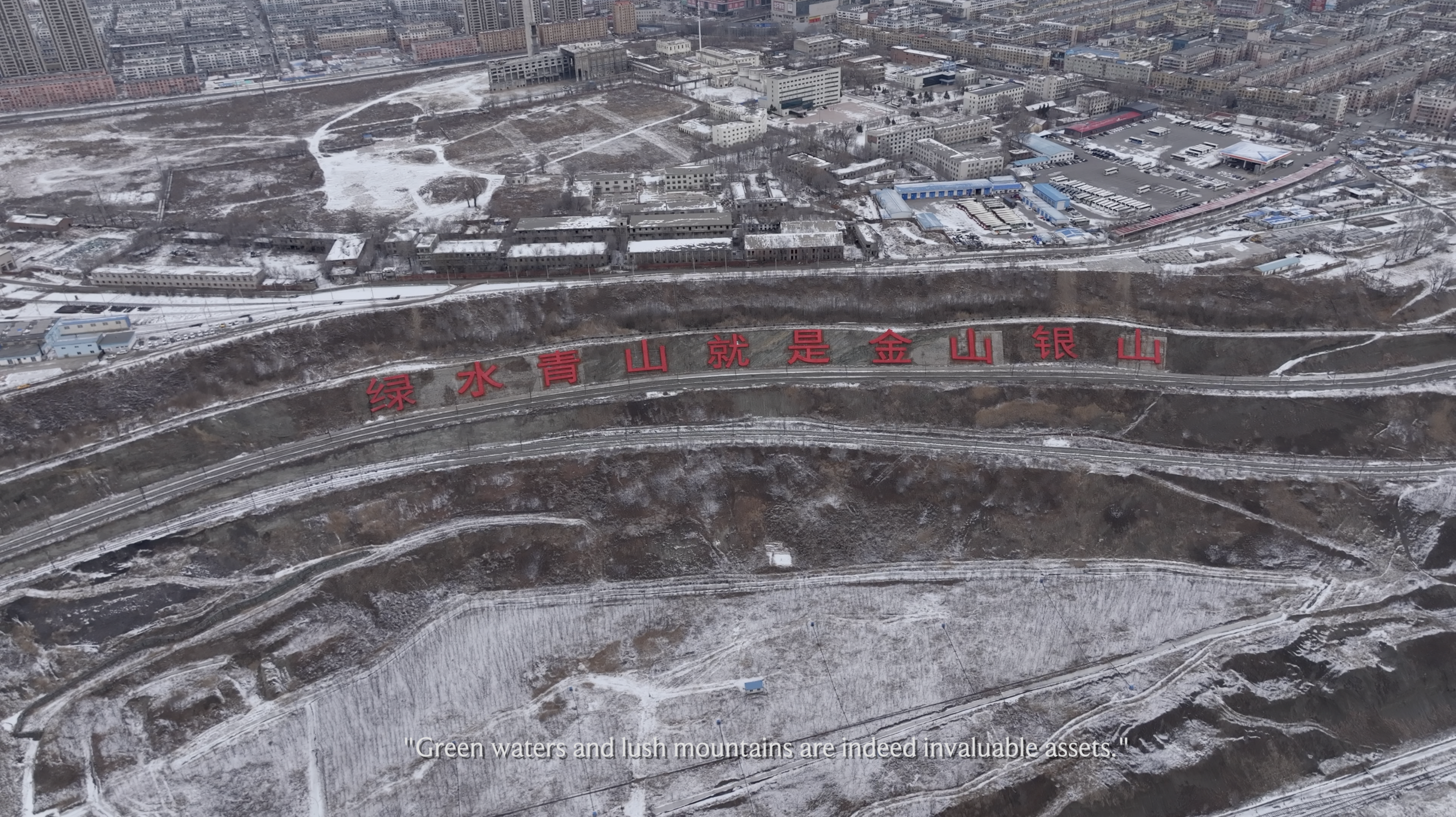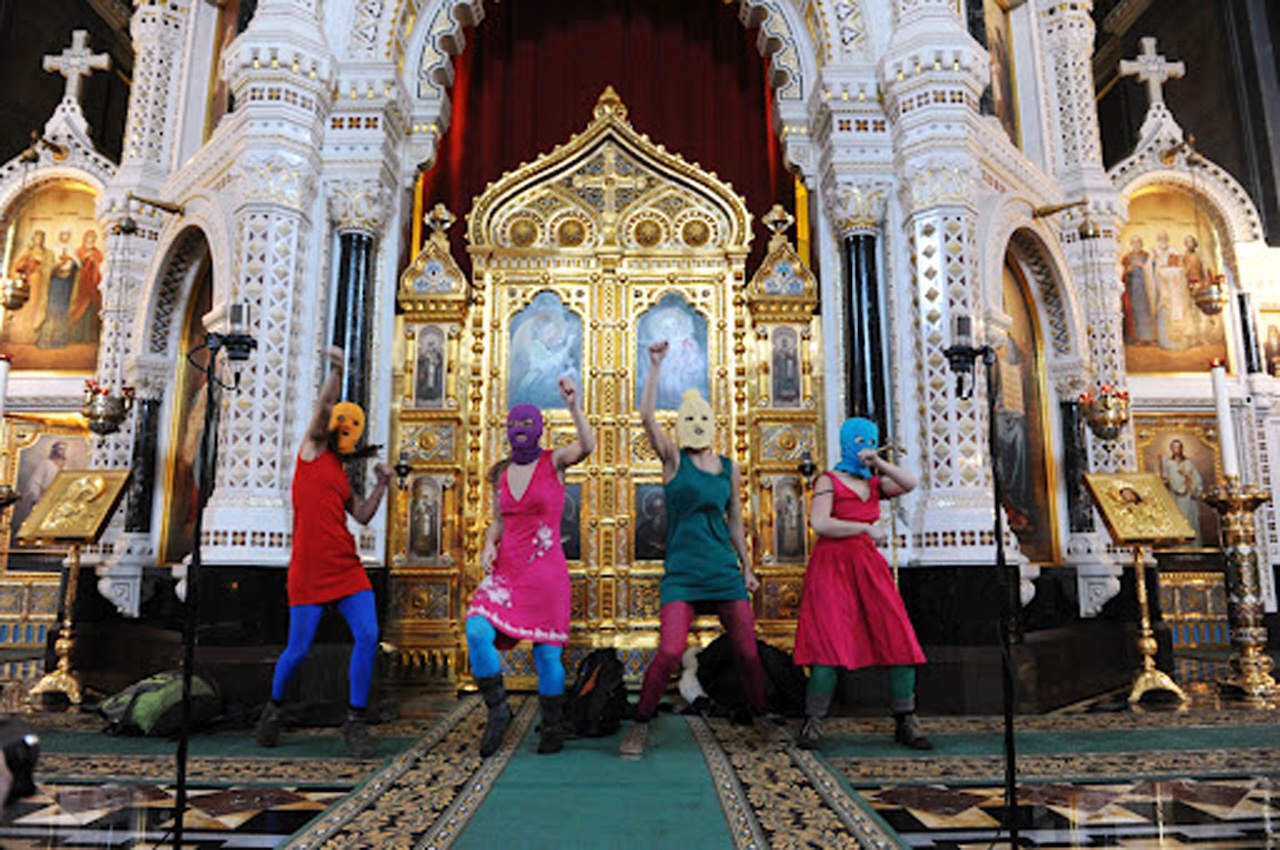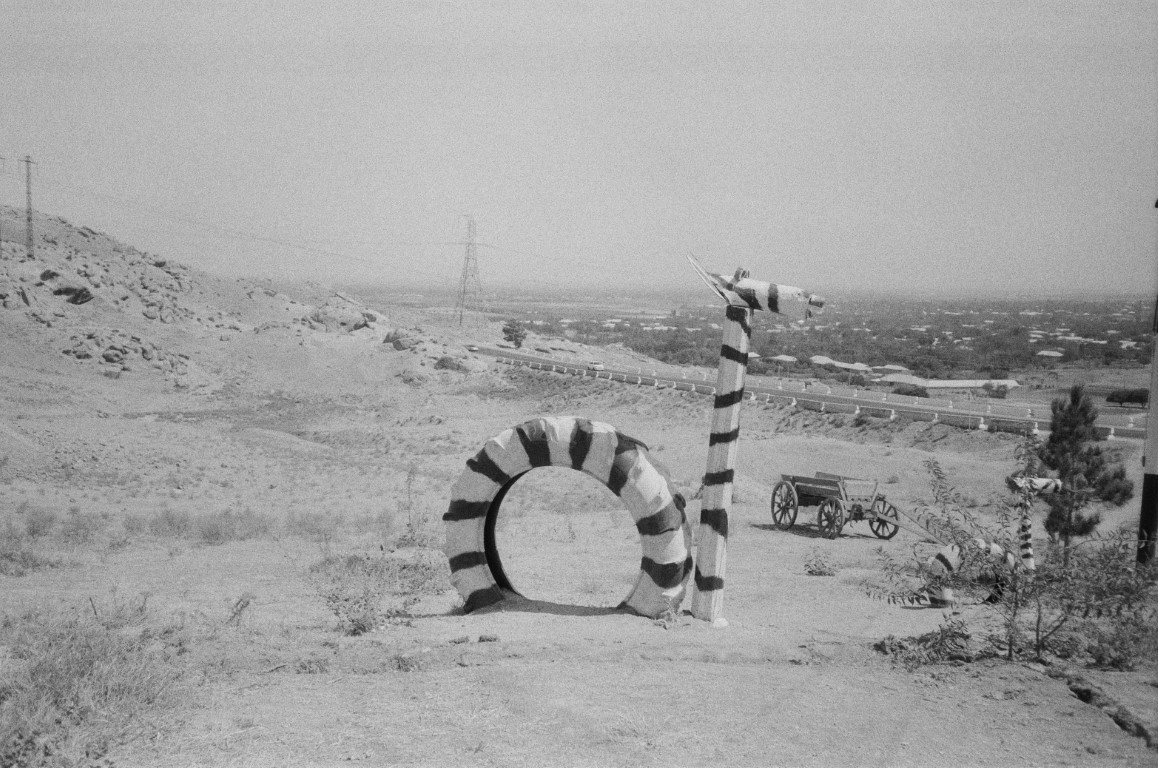
The Teshik-Tash ecotourist facility located on the way from Samarkand to Termez. Photo: Furqat Palvan-Zade.
e-flux Notes is publishing a series of four travelogues by Furqat Palvan-Zade, the first from Tashkent to Termez, the second Baku to Shusha, the third Tbilisi to Amsterdam, and the fourth (to follow later) Tashkent to Kassel. They will also appear in book form as part of Beginning in the Middle: Conversations on the Post-Soviet, edited by Elsbeth Dekker and Robbie Schweiger, published by Jap Sam Books.
Author note: These travelogues were written while scouting and filming The Ball and the Polo Stick, or the Book of Ecstasy (2022), a film which reveals my fascination with the eponymous Persian manuscript kept in the National Library of Russia in Saint Petersburg. As an artefact, the manuscript caught my interest for two main reasons: first, I think that polo—which is considered to be a form of entertainment for rich white people—can serve as a metaphor, or a synecdoche, for the colonial history of the last few centuries. My analysis of the manuscript and polo not only aims to decolonize the game, but also to tell the stories of the violent geopolitical games of Western superpowers in Central Eurasia. Secondly, the multilayered nature of The Book of Ecstasy manuscript corresponds to what I consider to be a significant perception of reality. The kaleidoscope of stories and truths that are preserved in it serve as perfect material to challenge the idea of history and reality as something static or settled. My travel reports, orbiting around the manuscript, are illustrated by images taken on my journey through Central Eurasia.
Tashkent to Termez, August 2021
O Lord, O God, You omnipotent One,
change my state of separation to union—from The Ball and the Polo Stick, or the Book of Ecstasy by Arifi
To get to Surkhandarya, I had to travel through almost all of Uzbekistan by car. The only city in this region to have an airport is Termez, but I was advised not to fly there—in August, several military aircraft from Afghanistan landed in Termez with fleeing people who were opposed to the Taliban trying to find refuge in Uzbekistan. The situation was not entirely transparent, and an influx of refugees was likely to follow. Besides, I was interested in getting a bit distracted and spending more time on the road. Overall, I drove about two thousand kilometers—through three mountain passes, back and forth (if I remember it right).
From Tashkent we headed off to Samarkand and then turned south towards Afghanistan. As during my previous stops in Samarkand, the scene was grim. The city was rapidly transforming—it looked like a giant construction site, covered with billboards and advertisements, numerous cars and people chaotically hurrying somewhere. We stopped to buy some water and look for film for my camera. When in a store that sold photographic equipment, I was told it was probably the only place in Uzbekistan where I could find these supplies. Even customers from Tashkent, three hundred kilometers away, travelled there to purchase film.
The shop was located right in front of Registan Square. A few years ago, I met an architect who for several decades had been researching the area and also assisting in the construction of temporary structures. The square was a site popular among the organizers of numerous cultural events. Back then, he told me about the changes it had undergone over the centuries: right in its center there used to be a bazaar and, next to it, a giant mosque, one of the largest in the world. The fragments of the mosque were discovered during archaeological excavations. Until the middle of the twentieth century, the square and the entire city had been in decline. The current state of the the city’s buildings was the result of the efforts of hundreds of Soviet restorers, architects, builders, and artisans. Funnily enough, the Registan—a very important symbol for Uzbeks’ national imagination—was essentially reconstructed by Soviet archaeologists. It was in fact its new look that had turned it into one of the key symbols of the modern Uzbek nation.
In his book Imagined Communities, Benedict Anderson uses the example of Dutch colonial policy in Indonesia to explain why in the nineteenth century archaeology and the reconstruction of old buildings accelerated in the country and became a nationwide phenomenon. Anderson first attributes the process to the confrontation between the progressive and the conservative wings of colonial authorities in connection with the organization of education in Indonesia—in this regard, expensive archaeological works and the republishing of old literary monuments could be seen as a conservative educational program. Secondly, the reconstruction of old buildings in all their splendor paradoxically strengthened the confirmed hierarchical relations, since the backwardness of the economy and the colony’s cultural decline became even more visible against the background of the luxurious old architecture, which the local population was not capable of restoring on its own. Thus, the alien forces appeared to be more than necessary. Thirdly, the museumification of archaeological sites helped the colonists to formulate an alternative legitimacy—after all, one could not rule forever guided by the right of conquest alone:
More and more Europeans were being born in Southeast Asia and being tempted to make it their home. Monumental archaeology, increasingly linked to tourism, allowed the state to appear as the guardian of a generalised, but also local, tradition. The old sacred sites were to be incorporated into the map of the colony, and their ancient prestige (which, if this had disappeared, as it often had, the state would attempt to revive) draped around the mappers. This paradoxical situation is nicely illustrated by the fact that the reconstructed monuments often had smartly laid-out lawns around them, and always explanatory tablets, complete with datings, planted here and there. Moreover, they were to be kept empty of people, except for perambulatory tourists (no religious ceremonies or pilgrimages, so far as possible). Museumised this way, they were repositioned as regalia for a secular colonial state.1
The departure from Samarkand was overshadowed by endless tourist spots. The government and the local authorities supported tourism and were very much keen on making the monuments—both architectural and/or natural—meet the needs of travelers. One of them is called Teshik-Tash, meaning “a stone full of holes.” In this area, strange geological formations—giant stones with holes—can be found. People pose for picture in front of the stones, with the most emancipated visitors leaving graffiti on the surface of the formations. At the time of my visit, to be allowed on the territory of this unremarkable and, apparently, private park, one needed to buy a ticket for a symbolic price. One of the additional architectural and decorative solutions was a series of giant sculptures of snakes, made either of plastic or plaster. Why snakes? It was not entirely clear. For the ancient Turkic people, who were nomads, snakes symbolized longevity and wisdom. In one legend the snake was described as the most ancient creature on earth. It lived in the pristine Great Ocean and then settled in the roots of the Tree of Life—Bayterek—that held the earth with its roots and supported the sky with its crown. But in this case, it was most likely that the tenant of this small park was merely fond of these reptiles.
I always imagined the Surkhandarya region to be some kind of a magical land with its mountain and its steppe landscapes serving for thousands of years as a corridor for military operations carried out by Transoxiana and South Asia in both directions. I saw the movement of the troops of Alexander the Great, the Arab Caliphate, the Soviet army, and other rulers as eclectic cultural layers that somehow matched the amazing geological pattern of these lands.
One of the important anchors of my family history is also located in Surkhandarya, in the town of Shurchi, where my grandfather Abdukhamid Palvan-Zade is buried. I had never visited his grave before and finally managed to do so on this trip. At the cemetery, I came across a distant relative named Davron, who helped me find my grandfather’s grave and recited a prayer. Usually, I find it hard to understand what exactly I am supposed to do and say in such situations because I failed to learn these Arabic words when I was younger. Once again, I made myself a promise to memorize at least this prayer.
The headstone and the grave looked better than I had expected. I feared I would find it abandoned. Davron suggested planting a new tree by the headstone—the tree my father had planted had not taken root.
One of the reasons that I became interested in researching my Persian roots in general, and the Sufi tradition and its connection with sports in particular, was my grandfather’s name. For some reason, in the 1920s he chose the surname Palvan-Zade. It emphasizes a belonging to the tradition of Pakhlavans, or strongmen. A cross between athletes, wrestlers, and circus performers, Pakhlavans combined various bodily and sports practices with spiritual ones. Traces of this Persian (sub)culture can be found across Central Asia and the Caucasus.
I do not fully know my grandfather’s story. Recently, by accidentally typing his original surname into a search page on the internet, I came across a short reference on the website of a Tajik regional newspaper. I had to use Google to translate it from the Dari language:
He was born in 1905 in the village of Kistakuz. The head of teacher training courses in Samarkand and Tojikinpros (Tashkent), he was cooperating with publications since his student days. One of the first editors-in-chief of Rohi Kolkhozchi (The Path of a Kolkhoznik). He then moved on to work in education in Stalinabad and Tashkent. His first wife was Nisokhon Abdurahmonova, the first lawyer [sic] (later a member of the Supreme Court of the USSR). Pahlavonzoda separated from his family in 1943 and went to work in Uzbekistan. There he worked as a lawyer, journalist, and executive officer in Jizzakh, Termez, and Shurchi (Surkhandarya region). He died in Shurchi in 1974, his grave is there.
My grandfather was born in a village not far from Khujand, which after the revolution was renamed Leninabad. It is considered to be one of the Central Asian cities that was founded by Alexander the Great—the Alexandria of Eschate (that is, furthest Alexandria). At the beginning of the twentieth century, the local intelligentsia was infected by the idea of modernization. Contrary to the popular belief that national demarcation was controlled by the center, in fact it was the local intelligentsia that often played an important role in these processes. In the end, many of the significant changes can be precisely attributed to the numerous decisions, conscious or unconscious, made by specific individuals.
For example, why did the Persian-speaking Bukhara intelligentsia decide that the new nation should be Turkic-speaking? In his book Making Uzbekistan: Nation, Empire, and Revolution in the Early USSR, Adeeb Khalid explains that this was due to their widespread sympathy towards Turkey—a Muslim country that quickly and successfully (at least as it seemed to many people there) stepped into modernity. Turkism was seen as a path toward progress, towards an Islam freed from the distortions that had occurred through the centuries, and toward a healthy masculine future. On the other hand, Persian heritage came to represent a subtle poetry of the past, but also mysticism, religious distortion, weakness, and decline. Such a process of “de-Persianization,” which also occurred in the South Caucasus, was an integral part of Turkism.
Even the choice of the names given to the nations of the region were the result of debates held by local intellectuals. These decisions were riddled with historical contradictions—however, it is difficult to imagine any alternative choice that would have been less controversial. The “Uzbeks” were the name of a tribe that had ousted the Timurids from these lands. At the same time, Timur himself and his most famous descendants—Ulugbek (the ruler of Samarkand, known in the West as an astronomer) and Babur (a ruler of Fergana, who was himself ousted by a tribe of Uzbek khans, and was the founder of the Mughal dynasty in India that dominated the subcontinent until its colonization by Great Britain)—were proclaimed a part of the national Chagatai culture, which served as the basis for the new Uzbek nation.
In his book, Adeeb Khalid also describes a parallel process—the foundation of Tajikistan. In doing so, he uses what is essentially psychoanalytic vocabulary. Persian-speaking Tajikistan is a displaced Other inhabiting the most rural, economically undeveloped, and remote regions of Turkestan and Bukhara. References to the exceptional cultural and economic backwardness of “the Tajiks” were a common occurrence in the press of that time. If Uzbekistan was based on Bukhara, Tajikistan was conceived as a place that Uzbekistan did not want. Thus, the conceptualization of Tajikistan could be seen as a formation in reverse to that of Uzbekistan.2
There are numerous other sources that prove that over time the same people could identify themselves with different nationalities, and census statistics show how the population varied throughout history, eventually becoming more established by the middle of the twentieth century. One day I would like to reconstruct my grandfather’s life and biography to find out what exactly motivated him choose to become a Tajik.
That evening, I decided to stay in Termez, a city located on the border with Afghanistan. It used to host many archaeological excavations, which were apparently closed due to the pandemic. Several years ago, official events took place here on the occasion of the excavation of one of the local “tells,” Alexandria on the Oxus (tells, or tepes as we call them in our region, are artificially formed hills that contain archaeological objects). Delegations of journalists were specially brought here to be informed about the ruins and remains of the city founded during the campaigns of Alexander the Great—the first Eurasian in the history of humanity and perhaps even the founder of the movement revived by Alexander Dugin in his lectures at Moscow State University in the 1990s and 2000s.
If you drive a few kilometers away from Uzbek Alexandria, you find yourself on the site of other tells. One of them is called Chingiz Tepe. It is believed that under the hill there is a settlement that appeared here after the conquest of the region by the Mongols; it is not yet excavated. In another tell nearby, excavations were carried out and a small museum was built. This tell was created several centuries after Alexander’s campaigns, during the Kushan Empire.
In the walls of these buildings there are empty niches where statues of the Buddha were found. They reminded me of one of the most vivid, media-related memories of my childhood—the Taliban destroying the giant Bamiyan Buddha statues with grenade launchers. I don’t remember what struck me back then—probably it was the statues’ incredible size, but also the awareness of the fact that people could be so radical in their beliefs. The episode occurred very close; the giant statues were located in the Bamiyan Valley just one hundred kilometers from Termez. I climbed one of the hills and looked at the horizon. Somewhere afar there was the Hindu Kush mountain range (translated as “the Indian Mountains”) with the ancient city of Bamiyan situated in one of the valleys.
Ironically, the archaeologists and museum workers who took these statues of Buddha out of these niches repeated, in a sense, the Taliban’s gesture, in which one could trace iconoclasm and fundamentalism. A human destroys the image of God and gets rid of later religious practices, returning God to His original, purer state. God can only be depicted as emptiness, with His place taken by the unknowable abstraction, not a figure made of clay. The Buddha is believed to be first depicted in an anthropomorphic form precisely in this region, during the Kushan Empire. It was a synthesis of Hellenistic anthropocentrism and South Asian religion.
If you climb one of the tells, you can see the border with Afghanistan. The Amu Darya, also known as the Oxus, flows here. In the past, before the forcible formation of nations, these places formed a single cultural field. Over the horizon there is also Herat, where a certain number of Turkic-speaking and Persian-speaking populations still live. Also, it was at this place that the long poem The Ball and the Polo Stick, or the Book of Ecstasy that I am currently researching was written.
For the night we stopped in the first guesthouse we came across, which turned out to be run by a man named Bakhtiyar. When I entered the courtyard, I saw an old mustachioed man who, for some reason, reminded me of the ruler of Belarus, Alexander Lukashenko—his Tajik or Uzbek version. He was sitting in a sleeveless T-shirt listening to the radio, which was broadcasting in a language I failed to immediately identify. For some reason I greeted him in Russian (instead of the usual “Assalamu alaikum”)—apparently I was tired. The man did not answer me.
After a while, we found ourselves surrounded by local middle-aged guys and ladies. On the table there were snacks and several bottles of vodka. Everyone ate and drank very good-naturedly. They told me the man in the yard was from Afghanistan. He had come to Termez because his homeland was no longer safe. His fellow countrymen were still allowed to enter Uzbekistan and get temporary visas. A few days later, his visa would expire and he would have to return to Afghanistan or somehow resolve this issue with the Uzbek authorities.
At some point, the peaceful mood ended in a strange verbal fight between the Uzbek girls and this unlucky elderly Afghan man: he blurted out some awkward remark about Uzbekistan. The girls switched into a mode of drunken nationalism and in a rather rude manner (at least in our region it would be considered rude) asked him to shut up. As far as I remember, the man said something negative about the so’m, the local currency of Uzbekistan, calling it weak.
The awkward silence was interrupted by the sounds of shots and explosions coming from the direction of the border. Everyone got quiet and exchanged scared glances. A minute later, however, it became clear that they were not shots, but fireworks in honor of the thirtieth anniversary of Uzbekistan’s independence.
Benedict Anderson, Imagined Communities (Verso Books, 2006), 182.
Adeeb Khalid, Making Uzbekistan: Nation, Empire, and Revolution in the Early USSR (Cornell University Press, 2015), 291.
